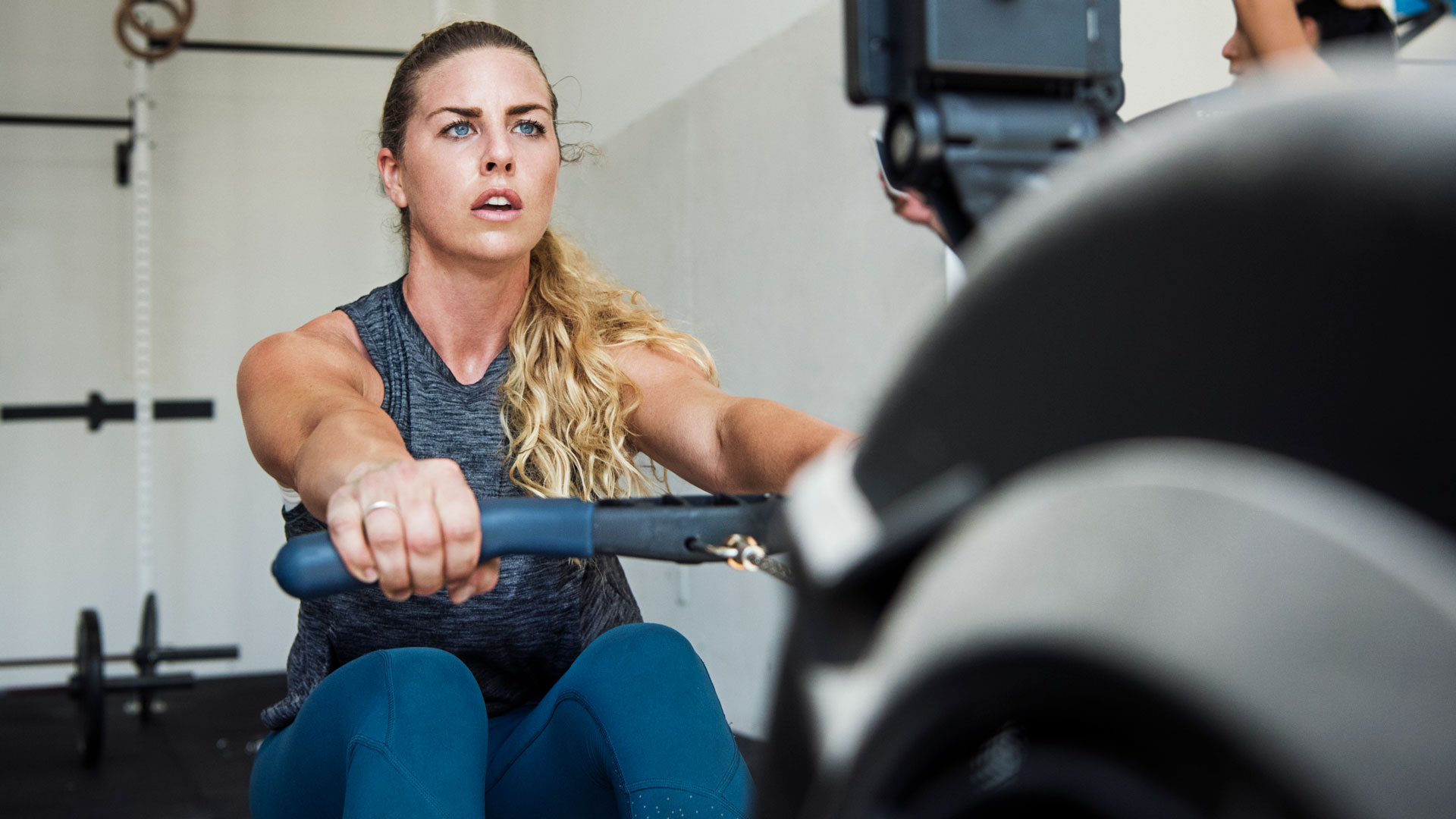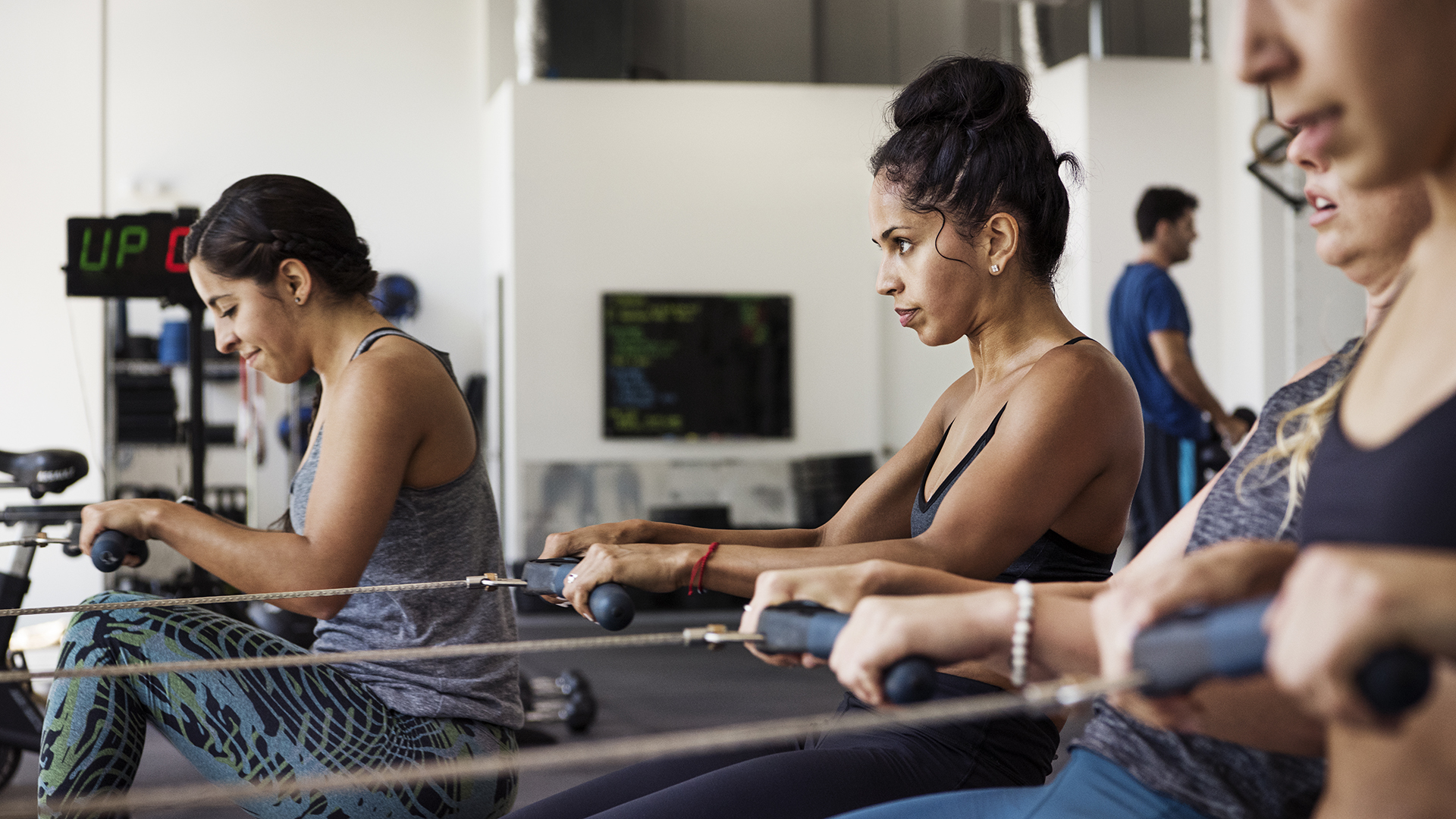What is LISS cardio?
What is LISS cardio and how can it help you get fitter? We’ve got the answers.

We all know that cardio is good for us, but what is LISS cardio? Even if you’re familiar with the acronym, you might be wondering how this specific exercise style can improve fitness levels and help you reach your health goals.
LISS stands for 'low-intensity steady-state' and is a cardio method that’s the polar opposite to high-intensity interval training (HIIT). Hard and fast HIIT workouts are an efficient way to burn fat and build stamina in the least amount of time, but they’re not the only way to get fitter and leaner. If HIIT is the hare, think of LISS as the tortoise – taking the slow and steady approach to burning calories and improving cardiovascular health.
In this article, we’ll give you the lowdown on LISS cardio and break down the science behind its health gains. Taking advice from our experts, we’ll also suggest ways to add this exercise to your routine. Whether you want to work out at home on one of the best rowing machines or head off on a hike, there are many ways to get the benefits.
What is LISS cardio? What you need to know
The American Heart Association recommends doing 30-60 minutes of aerobic exercise, three to four times a week, to increase cardiovascular fitness and reduce the likelihood of obesity and its associated negative health effects. LISS cardio can contribute to this weekly goal to ensure you stay healthy. Whatsmore, it’s the kind of exercise you’re likely to sustain.
"Unlike HIIT workouts that are 'boom and bust' – utilizing short, intense bursts of exercise followed by periods of rest, LISS is best described as a 'low and slow' form of cardiovascular training," physicist and fitness expert Alexander MacDonald told Live Science. "LISS cardio is when you exercise at a steady, sustained pace over a longer duration of time."
Typically, this 'steady pace' will mean exercising with your heart rate elevated to 50%–65% of your maximum heart rate (MHR). Your MHR is the upper limit of what your cardiovascular system can tolerate during exercise, and to estimate yours, the Centers for Disease Control and Prevention (CDC) suggest using this easy formula:
220 - your age = your MHR in beats per minute (bpm)
Get the world’s most fascinating discoveries delivered straight to your inbox.
You can then multiply this figure by both 0.5 and 0.65 to get your target heart rate zone of between 50%–65%, in bpm.

Katie Anderson, a fitness trainer at Fly Ldn, told Live Science that once you’ve established your heart rate zone, you should aim for sessions between 30 and 60 minutes long – depending on your current fitness levels. "If you’re new to fitness, then stick to 30–45 minutes of exercise. If you're a regular mover then you can increase that to 45–60 minutes," she said.
She also recommended using a fitness tracker, such as a Fitbit, to monitor your heart rate when doing LISS cardio. This will ensure you remain at a sustainable level of effort for the whole of your workout.
What is LISS cardio? The science
Cardio workouts kickstart a number of positive reactions in the body. As explained by the MayoClinic, aerobic exercise maximizes the amount of oxygen in the blood and raises the heart rate to promote healthy blood flow to the muscles and lungs.
During LISS cardio, the body maintains a steady state in the aerobic zone for a longer period of time, which helps the body to become more efficient at these processes. The American Council on Exercise (ACE), confirms that exercising at a consistent, low-intensity is an established method for improving cardiorespiratory fitness, extending aerobic capacity and boosting overall health.
But why is this important? A 2012 study in Comprehensive Physiology concluded that a lack of physical activity affects almost every cell, organ, and system in the body causing chronic major disease and accelerated death, and the CDC advises that regular aerobic exercise can help prevent this – in addition to it aiding every bodily function from sleep to digestion.

Other science-backed benefits of LISS cardio include:
It aids weight loss: Exercising at a sustained pace over an extended duration, keeps the body in fat-burning mode for longer. Anderson told Live Science: "Working at a lower intensity means that more oxygen is available for the body to use as fuel. This helps the body convert fat in the body into energy rather than using the muscle glycogen stores."
It also helps prevent the build-up of 'bad' fat. A 2014 study published in the Journal of Obesity found that continuous exercise at a lower intensity is more effective than HIIT workouts for improving fat distribution in overweight adults. Better distribution reduces visceral fat, the dangerous kind that wraps around vital organs in the body.
It’s beginner-friendly: Anderson explained that LISS is an enjoyable way for beginners and older adults to establish, build and maintain fitness levels because it doesn't force the body out of its comfort zone. Many LISS cardio workouts are also great ways to exercise without hurting your knees.
In contrast, research published in the Medicine & Science in Sports & Exercise journal, suggested that the physical demands of high-intensity exercise leads to an increase in negative emotions both during and after a workout, which can hinder the adherence to a fitness program.
LISS cardio is also suitable when returning to exercise following an injury or a break. However, if you have any health concerns or are new to exercise, talk to your doctor first.

It improves mood: There’s plenty of evidence around how mental health affects physical health and vice versa. "Sustained exercise stimulates the release of the neurotransmitters that regulate and improve our mood, including dopamine and serotonin," said Anderson. This is confirmed by research published in the Journal of Psychiatric Research that revealed moderate intensity aerobic exercise had a large and significant antidepressant effect in people with depression, showing the mental health benefits of exercise.
It reduces injury risk: LISS results in less impact on your joints and muscles, enabling you to exercise more frequently. "It is extremely good for burning calories while minimizing muscular damage, enabling you to perform it repeatedly," said MacDonald. "You can’t repeat high-intensity workouts every day because they’re taxing and it’s likely you’ll get injured. With LISS, you can go for a cycle, or a jog and not be sore afterwards – so you can go again the next day."
According to ACE, LISS is also beneficial for helping to repair overworked muscles by removing the metabolic waste that can slow down recovery time and delivering nutrients to the muscles.
- Read more: How to run longer without getting tired
What is LISS cardio? LISS cardio workout ideas
"With LISS cardio, there's real scope to add variety to your current fitness plan," said Anderson. As long as an activity raises your heart rate to 50%-65% of your maximum heart rate, and you do it for 30 minutes or longer, you'll get the benefits. If need more detailed ideas, we have a feature about low impact cardio workouts. If not, try the quick workouts below.
Try these ideas:
- Cycle at a gentle speed on flat terrain for 30-60 minutes.
- Use a rowing machine at a consistent stroke rate and intensity for a set time over 30 minutes.
- Swim for 60 minutes using breast stroke.
- Jog at 5mph for 45 minutes.
- Walk at 3mph for 60 minutes – that's roughly 100 steps per minute.
Ali Horsfall has almost 15 years of experience as a journalist and has written for national print titles and lifestyle brands including woman&home, Woman, Woman's Own, BBC magazines, Mothercare, Grazia and The Independent. She currently specializes in health and fitness content and loves sharing the best expert advice on staying well.



